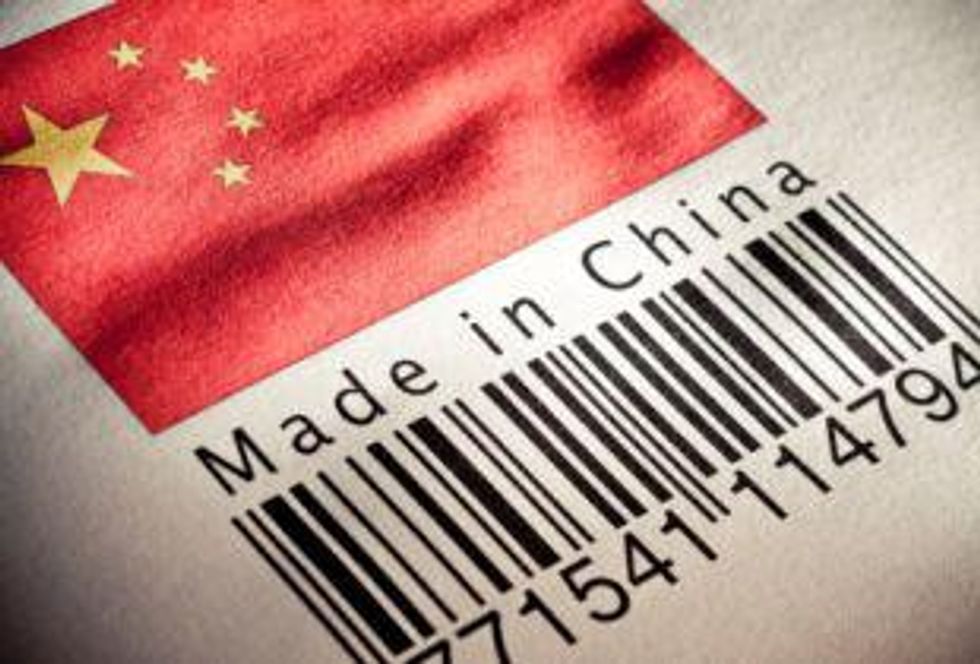The supply of tungsten in 2011 will be helped by the increases in production quotas in China. However the slight increase in the quota will only alleviate supply issues slightly. In the long run, the cap to minor metals production in China due to the new ‘five year plan’ will further supply side issues on the world market.
By Michael Montgomery—Exclusive to Tungsten Investing News
The tight supply of tungsten has been keeping upward pressure on the price of the metal. Recent rule changes in China’s new ‘Five Year Plan’ might alleviate some of the supply issues this year as the quota for tungsten production has been raised to 87,000 tonnes from 80,000 tonnes last year. However, in the long run, the rule changes cap new production growth at an average 8 percent a year. This holds immense power over the market because approximately 85 percent of global tungsten output in 2010 came from China. The changes to the minor metals market are due to increasing environmental protections in China. Put simply. China needs to reduce the amount of energy used by energy-intensive industries such as metals processing. It will be up to the rest of the world to mine more of the metal to meet future demand.China has also restricted granting new licenses for prospecting and mining of many minor metals including but not limited to tungsten, tin and rare earths, until at least June of 2012. This will also limit the amount of new supply coming on stream over the next few years. China is home to 65 percent of the world’s tungsten ore reserves, the elimination of new mining licenses may hold down the future supply of the metal.
This plan may also have unintended consequences for the country. “China’s past moves towards restructuring have sometimes had unintended consequences. The closure of small coal mines has turned China into a major coal importer, with a concomitant effect on world prices,” stated Tom Miles, for Reuters. China may have to import more supply of the metal to meet its own demand, putting even more upward pressure on the price of tungsten.
The mining ban in the Democratic Republic of Congo (DRC) brought about by the US Conflict Minerals Act in has also reduced the amount of supply on the world market. The ban took effect in last September and was only recently lifted. However, because a proper tracking system has yet to be fully implemented in the country, buyers are weary of any material coming from the DRC or neighboring countries. The fear is that any materials bought without certification will be banned. Recently, Rwanda banned imports of metals from the DRC to comply with the Conflict Minerals Act.
“From March this year every mineral export will be sealed. We have placed instructions with our immigration department not to allow any uncertified minerals and also to carry out rigorous due diligence on any ores entering Rwanda from conflict areas,” stated Christophe Bazivamo, Rwanda’s Mines Minister.
While the supply of tungsten from the DRC is small, the reduction of tonnage on world supply furthers supply tightness, increasing tungsten’s price. According to the most up to date data from USGS, in 2009 the DRC produced 170 tonnes of tungsten, down heavily from the 570 tonnes the DRC produced 2007.
The ongoing supply issues in the tungsten market show no sign of abating. This will keep the price of tungsten high in the near term until non-Chinese tungsten suppliers can increase supply in the market.
